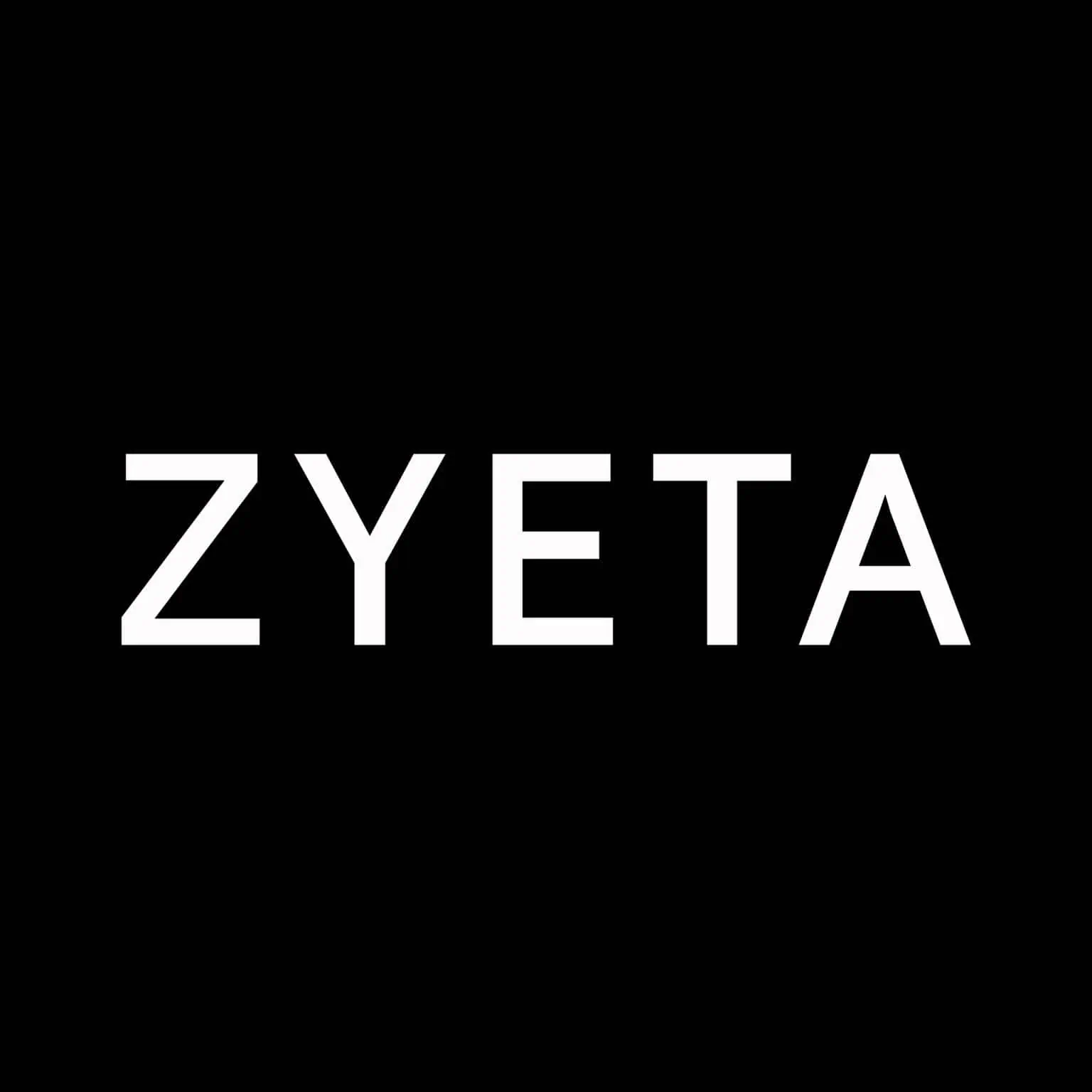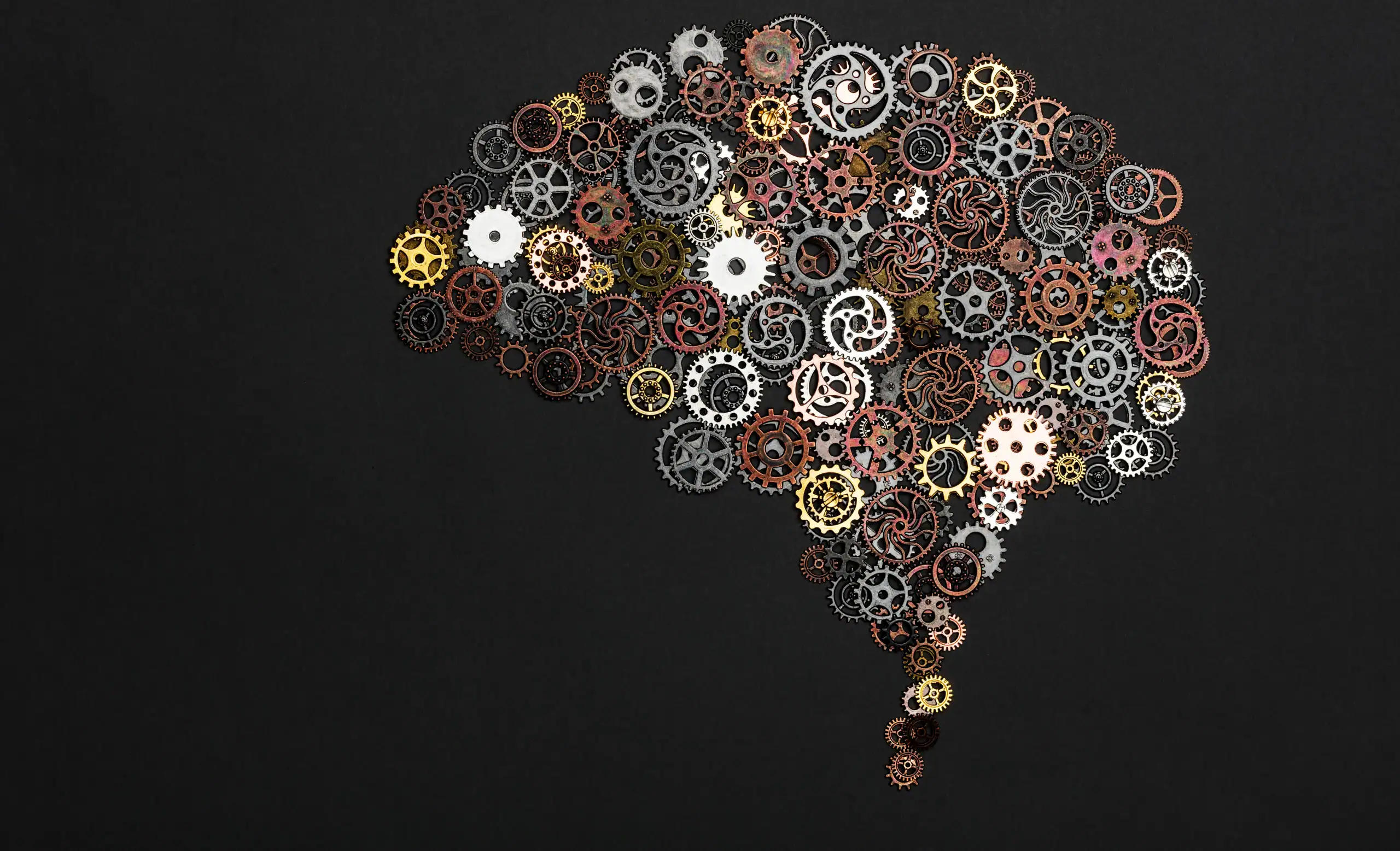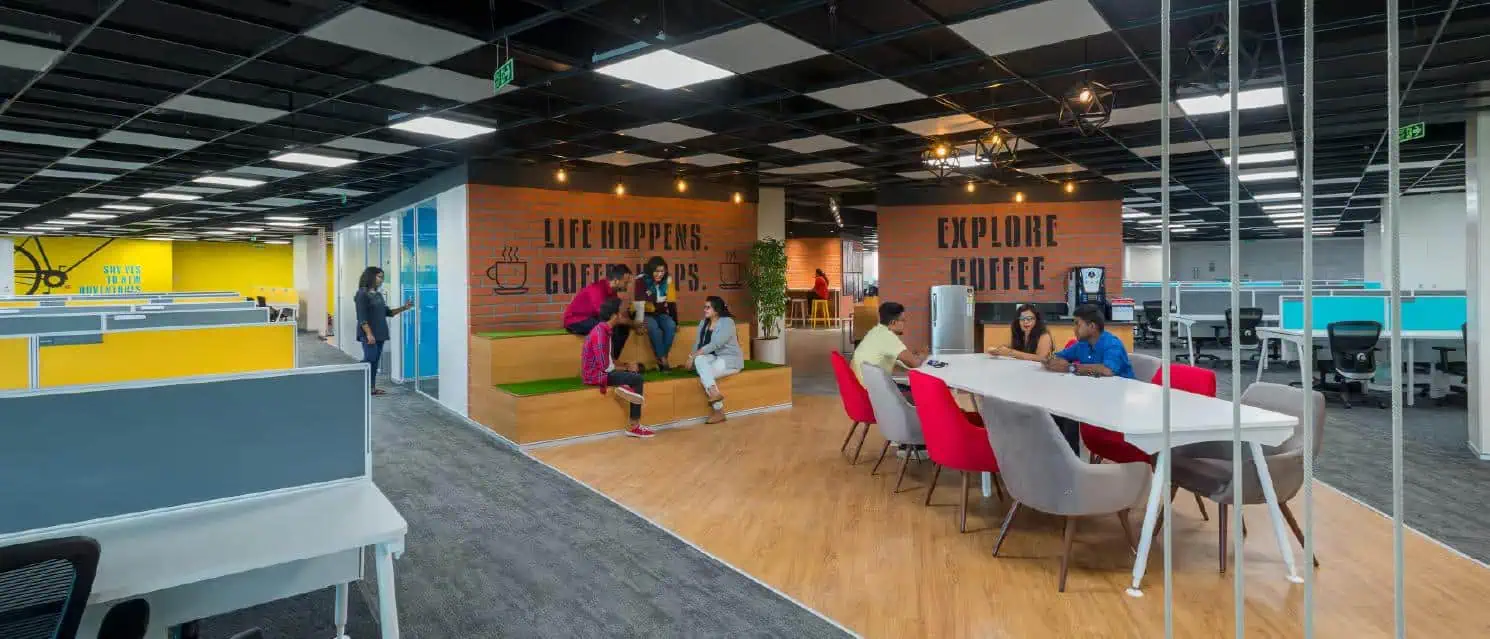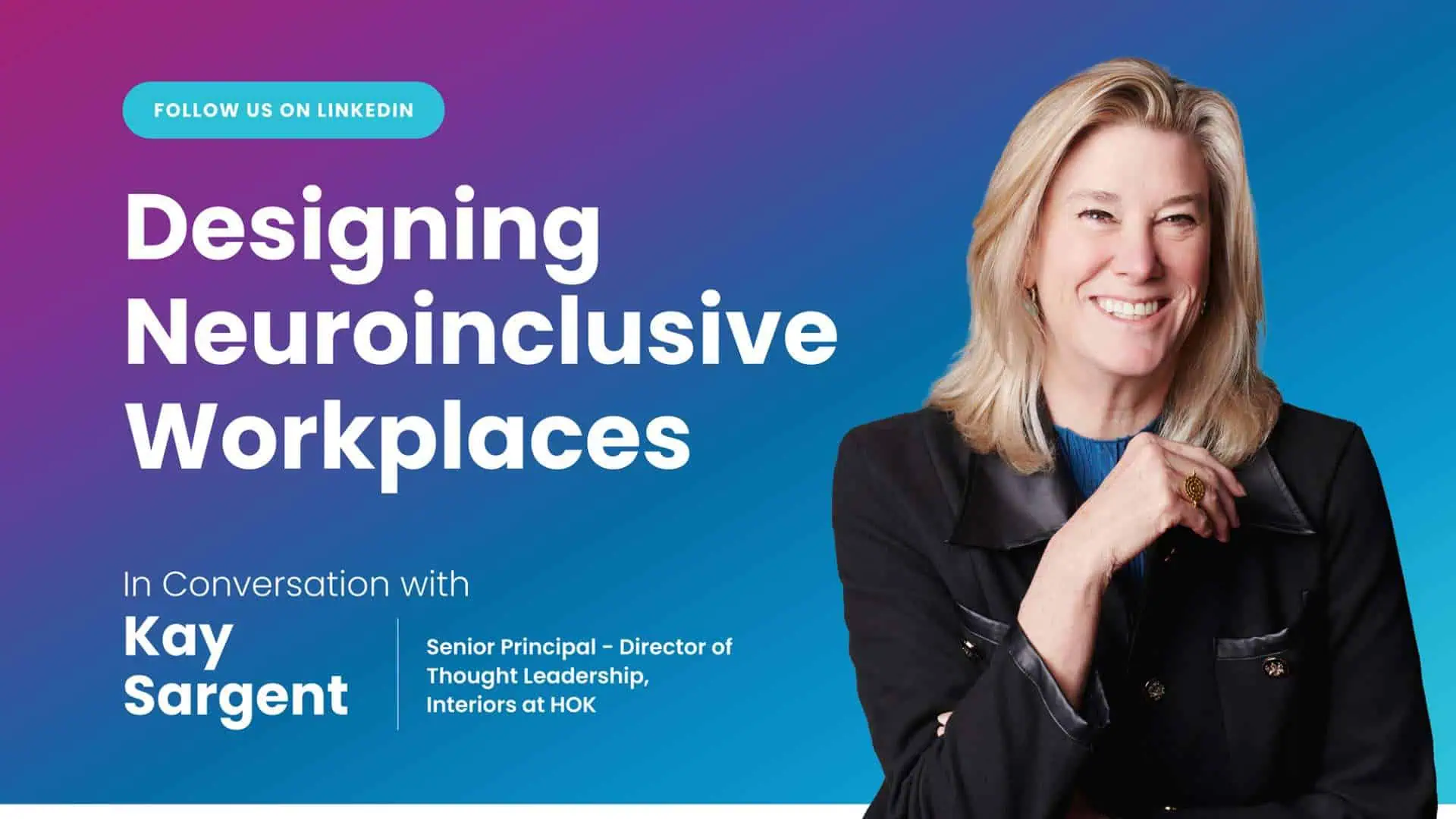[vc_row][vc_column][vc_column_text]
Workplace design is a concept that goes beyond the physical design methodologies and contributes to a progressive business strategy. Balancing business and employee needs has always been the foremost focus at Zyeta. Thus, one of our core members, Smitha Naik Deshpande from Zyeta, Pune sheds light on empowering workspaces through human experiences and integrating business and brand with workplace design.
Let us see what she has to share with us.
Design, Brand and Business
What is the role of workplace design in a company’s brand image?
Workplace design is one of the most effective ways to portray a better brand image. A physical workplace is an experiential dimension that communicates a brand’s purpose and motive to its employees, clients & other stakeholders. As workplace designers, we at Zyeta, therefore, emphasize blending and nurturing our brand narrative through our designs. Our goal is to bring forth the company’s ethos coupled with technology, making the space not only conducive to its employees but also to demonstrate the brand ideology to our people & clients. It so happens that workplace design helps in catapulting the brand imagery for companies striving to enhance their brand perception.
How do you think workplace design influences an organization’s business?
For any organization, ‘Business’ and ‘Brand Image’ go hand in hand. Workplace design ought to be an expression of the brand credo, which in turn must help in attracting better business.
For instance, a company that prioritizes employee wellbeing through ergonomic designs, agile & collaborative spaces and human-centered technology, exhibits its focus to spark employee innovation and retention. This in-turn reiterates the company’s commitment to delivering the best to its business partners.
Design and Workforce
Likewise, do you think workplace design has the potential to empower its employees as well? If yes, how?
Yes, of course! A good workplace design empowers its employees by inducing mental alertness and encouraging mindfulness. Bringing in the right colors, texture and materials uplifts the mood and brings in vibrancy at work. Selection of the right furniture and providing flexibility to choose workspaces reflects the brand’s people-first approach. Moreover, designing the workplace with appropriate mechanical and electrical provisions exhibits the company’s priority towards employee wellbeing.
With a diverse workforce, it is important that the workplace has the right set of spaces suitable for all its people and help them rejuvenate and focus at work.
Can workplace design experience add to employee job satisfaction?
Today employees spend half of their active daytime at the workplace. The advent of technology and tools is blurring the line between professional and personal time. Therefore, the workforce now is surely looking at the office as space more than just a place to come and finish off tasks in hand. As workplace designers, we must empathize with these evolving needs and design for inclusivity in diversity. A simple brand narrative that inculcates the thought that ‘this office belongs to me and that my company cares for my wellness’ goes a long way in retaining good talent and ensuring great job satisfaction.
A healthy work environment is one of the key parameters that we as designers can work on.
How can workplace design help in bringing the right talent to an organization?
We all know that today, we have a diverse workforce coming together to ideate, collaborate and complete a set of tasks. A great workplace is one that depicts the company’s culture spatially as well as experientially. Brands that have absorbed this value of workplace wellness put forward a narrative that they care and work towards innovation, collaboration & individual growth. This acts as a driving force to bring in the right talent to the company.
What would you say about an office’s role in building a dream team for an organization?
So we have established that workplace design acts as a catalyst to get the right talent, retain them and encourage them. When a brand has these aspects aligned naturally, it is able to build a long-term dream team adding to a progressive business strategy.
Design and Work-culture
Would you like to elaborate on the link between workplace design and work culture, as well as brand value?
An organization’s works culture and its brand value lay the foundation for its workplace design. This instills that design is not an afterthought to work culture or brand value. Rather, it means that these three form a tri-fold plan to build a brand.
Hence, I would like to boil down to some vital points:
- Zoning the office with interspersed collaborative spaces and flexible work and leisure spaces reflects the company’s emphasis on wellness and work culture.
- Using adequate resting zones, maternity rooms, healthcare provisions indicates that the employee wellbeing and comfort have been taken into utmost consideration.
- Use of graphics and colors that resonate with the brand imagery aids in brand recall.
- Bringing forth cutting edge technology demonstrates that the company values innovation
Can you share an example where Zyeta’s workplace design has helped building work cultures in any organization? Please share a story to support your answer.
At Zyeta, workplace design strategy has always revolved around promoting employee wellbeing and all our projects shed that common thought. I would like to tell you about one such project that I was closely associated with – Druva Software, a data protection and management company.
Durva already had a cabin-less culture and believed in employee first policy. Their major requirement was collaborative spaces for meetings, interviews and discussions.
We at Zyeta categorized these requirements into:
- Formal meeting room
- Informal meeting areas
- Scrum zones
- Collaborative & huddle spaces
- Phone booths
These were further segregated into formal closed, informal closed, open collaborative & scrum spaces. This approach not only helped us to map out unique zoning for the office but also gave rise to interesting collaborative and buffer spaces in the due course. Another notable feature about Durva was that it was a company that believed in a diverse workforce and wanted to make an impact on the potential employees through their spaces. Hence, the reception area, which was the first point of contact, had a sports bar on one floor and the cafeteria on the other. The interactive nature of these spaces helped the interviewees to gauge the culture and brand sense at Durva.
This implies that the experiential quality of the physical space has immense potential to communicate the brand narrative and culture to the masses.
All in All
Empathizing with the evolving needs of the workforce makes way for creating a culture that influences productivity and staff engagement, thereby strengthening the brand image. It is thus imperative that an efficient workspace makes up a successful brand narrative.
[/vc_column_text][/vc_column][/vc_row][vc_row][vc_column][/vc_column][/vc_row][vc_row][vc_column][/vc_column][/vc_row]






